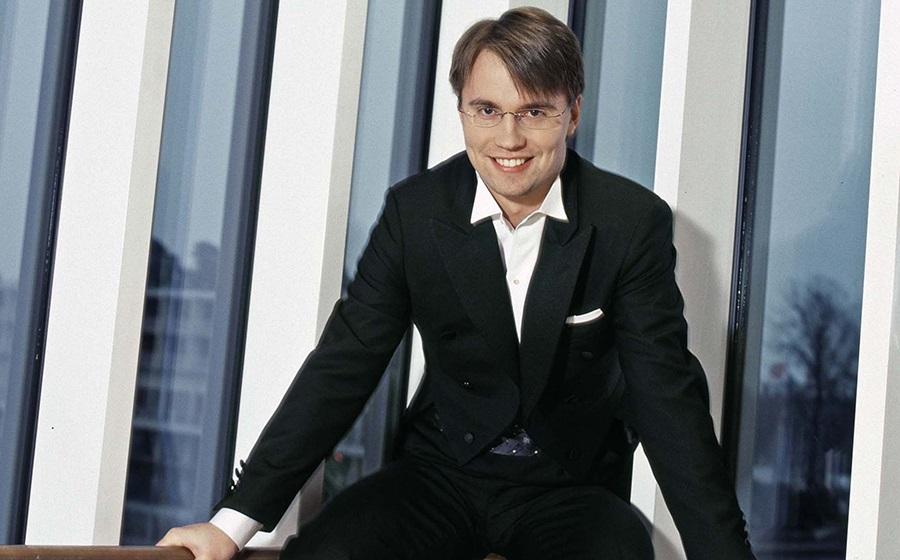There are worried conversations among older concert goers before this Sunday afternoon concert. They are concerned, not by the musical experience, but its length at 1 hour 40 minutes. Would we make it through without a visit to the loo?! This may be one reason why Mahler’s mighty Third Symphony is rarely done; a more likely one is the orchestral and choral forces that Mahler required – a huge orchestra with eight horns, four trombones, four trumpets and eight double bass. Also, Mahler required a contralto soloist for a relatively small part and two choirs of women and children who sing for only four minutes. This explains why this symphony was only first performed in Britain in 1961 and has rarely been done since. This afternoon we are lucky to have an orchestra in the Prague Symphony Orchestra who are clearly totally at home with this huge complicated work. We also have one of the hottest young conductors around in Pietari Inkinen, who has been their principal conductor since 2015. Inkinen is a Wagner specialist and has just been appointed to conduct the new Ring Cycle in Bayreuth in 2020, so clearly a 1 hour 40 minute work holds no terrors for him.
Mahler apparently told Sibelius that his Third Symphony ‘must be like the world; it must contain everything!’ This approach may be explained by Mahler’s interest in the philosophy of Frederick Nietzsche, the great German philosopher, who was very influential in 1896 when Mahler composed this symphony. Indeed, he gave it the name The Joyful Knowledge, the same title as a book by Nietzsche and the contralto solo is based on Nietzsche’s Midnight Song. Mahler also gave a description of each of the six movements in an attempt to explain the effect he wanted from part one – ‘Pan awakes; Summer marches in’, which at 40 minutes is the longest of all the movements (even longer than most symphonies!) – through shorter movements ,to the final movement, ‘What love tells me’.
The music the Prague Symphony Orchestra produce is exceptional from the start, with the brass and particularly the eight horns producing a very loud resonance from the grand circle ceiling. This creates a slight problem of balance in this 40 minute long first movement, as the strings are often hidden by the power of the brass and the wind. The lead horn is also somewhat distracting, sitting a little apart from the other horns, wearing a black bandana and outdoor jacket, in contrast to the other traditionally turned out players, and is constantly restless, although he does play very well. Later in the work, the strings come more to the fore and the orchestra, under the very sure control of Inkinen, show their knowledge of the work. The fourth movement features the very fine Czech mezzo-soprano Ester Pavlu whose rich creamy voice fills the Usher Hall. She is backed up by singers from the National Youth Choir of Scotland, Edinburgh Royal Choral Union and Edinburgh University Chamber Choir, who make the most of their brief contribution. It is a monumental Mahler afternoon and a work which many of us may not hear again.
